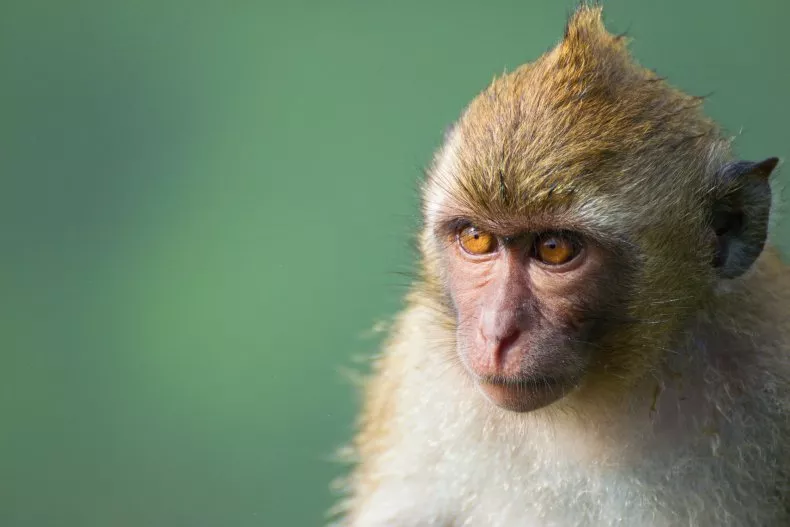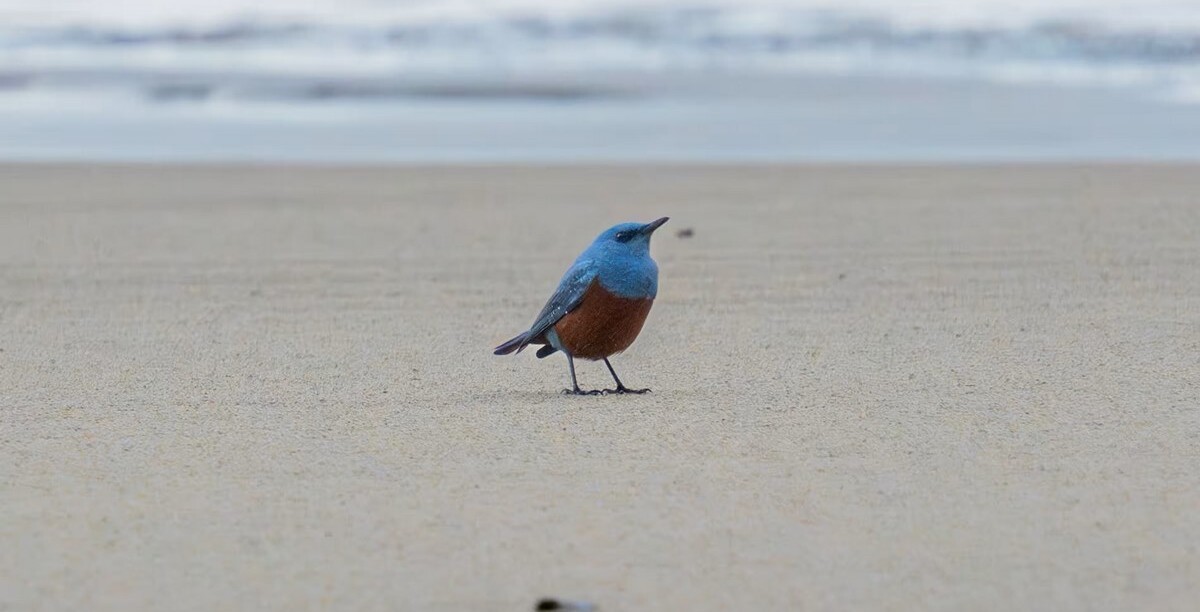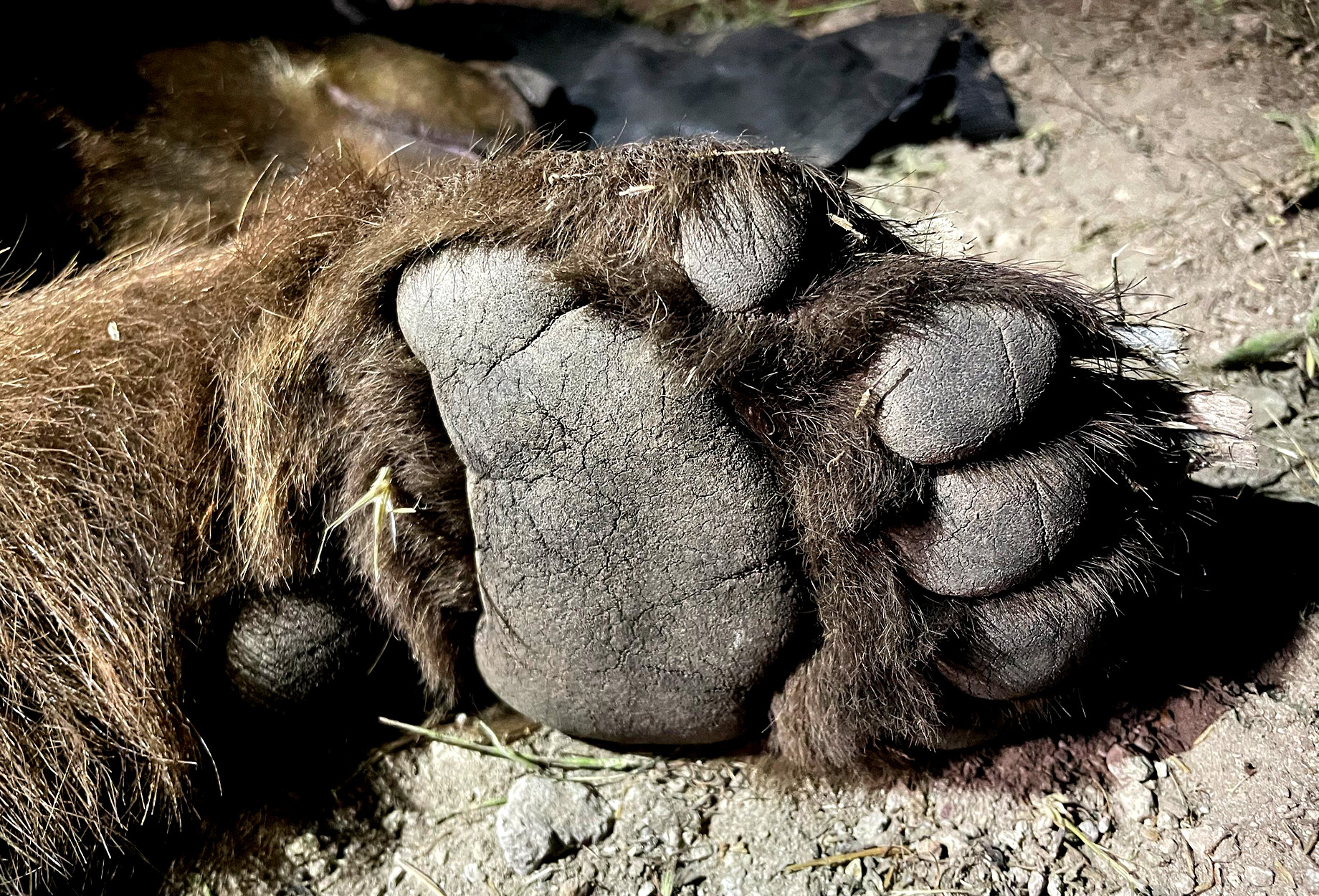Over the past 4 billion years, lifeforms have evolved into the spectacular array of species that now inhabit the planet. While many species radiated into extensive families of closely related species, others are so unique that they alone embody millions of years of evolutionary history — sole representatives of entire lineages of the tree of life.
Weird and wonderful species, such as the finger-probing aye-aye (Daubentonia madagascariensis) of Madagascar; the bulbous-snouted gharial (Gavialis gangeticus) of South Asia; and the prehistoric-looking shoebill (Balaeniceps rex) of Africa, fall into this latter category. But an increasing body of evidence indicates these evolutionarily distinctive species are frequently also those most at risk of extinction.
Now, a new study estimates that the loss of such unique and threatened species from the jawed vertebrates alone could eliminate between 86 billion and 160 billion years’ worth of evolutionary history over the next 50-500 years.
It’s an almost inconceivable amount of history to lose, according to Rikki Gumbs, a research fellow at the Zoological Society of London and lead author of the study. “The universe itself is only around 14 billion years old,” Gumbs said. “But [species are] so varied that it all adds up once you start combining all the evolution that has happened concurrently during our planet’s history.”

To arrive at their assessment, Gumbs and his colleagues combined a ranking of species according to the amount of unique evolutionary history they represent, with their IUCN-assessed global extinction risk. Their analysis of some 70,000 species pinpointed those species whose protection would best preserve the maximum amount of evolutionary history.
Publishing their finding in Nature Communications, the researchers conclude that groups such as turtles and tortoises, sharks and rays, and ray-finned fish are among those most at risk and in need of conservation attention. “By identifying the types of species that are at risk, and evolutionarily distinct, we can act sooner to protect them,” Gumbs said.
Given that jawed vertebrates, comprising mammals, birds, amphibians, reptiles and the majority of fish species, are mostly threatened by human-induced threats, such as habitat loss, disease, hunting and climate change, the authors say we have precious little time to avert the loss of evolutionary history from this section of the tree of life. “Once we lose a species, it’s gone for good,” Gumbs said. “Eons lost in the blink of an eye … We really need to act now … or yesterday, to be honest!”

A timely, but tragic, reminder of the need for more concerted conservation action occurred while Gumbs and his colleagues were writing up their study. In 2020, the Chinese paddlefish (Psephurus gladius), one of the world’s largest freshwater fish, native to China’s Yangtze and Yellow river basins, was declared extinct.
Gumbs said that besides its impressive size, the Chinese paddlefish was beautifully adapted to its environment, capable of deploying specialized passive electroreception to locate its prey. “Seeing this type of species going extinct before our eyes was a shock,” he said.
Paul Cox, CEO of the U.K.-based Shark Trust, who was not involved in the study, said it’s well-known that sharks and their relatives are acutely threatened, primarily by overfishing. Moreover, prior studies have shown the group are indeed extraordinarily evolutionarily distinct, with the average species embodying 26 million years of unique evolution.
Although the cartilaginous skeleton and efficient body plan of sharks and rays has persisted through several of Earth’s previous mass extinction events that wiped out suites of other species, it seems they stand little chance in the face of industrial fishing fleets.
“Effective science-based fisheries management is a vital first step to set threatened sharks and rays on the road to recovery,” Cox told Mongabay in an email. “There has been significant progress in recent years but we need to move faster and ensure that legislation and regulations are backed up by effective compliance and enforcement.”

Despite comprising just 0.5% of all jawed vertebrates, the study found that turtles and tortoises accounted for 16% of the group’s evolutionary history. Andrew Walde, director of conservation and science at the Turtle Survival Alliance, who was not involved in the study, told Mongabay this disproportionate evolutionary importance underscores how ancient and exquisitely adapted turtles and tortoises are to their natural environments.
Enduring threats for more than 250 million years due to their protective shell, which is essentially a fusion of their ribcage and shoulder blades, Walde said very few predators could kill turtles in the past. Yet they are at risk of losing more than one-quarter of their evolutionary history due to human-driven extinction threats of habitat loss, overharvesting and climate change, according to the study.
Many of the threats to turtles and tortoises stem from human disruption of natural balance within ecosystems: “You get this trickle down from human disturbance, where predators like ravens or coyotes learn how to kill turtles, to invasive species eating the eggs and the hatchlings,” Walde said. And as their numbers decline, so do their important roles as soil bioturbators, seed dispersers and nutrient cyclers, he added.

Scientists estimate that all vertebrates account for merely 1% of the species that live on Earth. It will therefore be necessary, Gumbs said, to similarly assess other portions of the overall tree of life, such as invertebrates and plant life, to build a more complete picture of where conservation actions will make the most difference to preserving evolutionary history.
But we shouldn’t delay conservation action on account of not yet having this complete picture, Gumbs added. He said that hope can be found in many projects already working to protect some of Earth’s most unique animals and plants. Citing the steady recovery of gharial numbers in Nepal, which increased by around 11% between 2023 and 2024, he said dedicated conservation work can make a difference.
Moreover, the U.N. Global Biodiversity Framework, which commits countries to halting and reversing biodiversity loss trends by 2030, includes targets based on safeguarding evolutionary history. The new findings on the status of jawed vertebrates will now serve as an official baseline against which conservationists can track progress at global and national levels, the team say.
Besides embedding the results in international conservation targets, Gumbs said he hopes the findings will broadly stimulate more action and research on evolutionarily distinct and globally endangered species. “Things can only get better,” he said. “I hope this is another motivation to protect these species and the areas where they live and the habitats they depend on.”
Carolyn Cowan is a staff writer for Mongabay. Follow her on , @CarolynCowan11.
Citations:
Gumbs, R., Scott, O., Bates, R., Böhm, M., Forest, F., Gray, C. L., … Rosindell, J. (2024). Global conservation status of the jawed vertebrate tree of life. Nature Communications, 15(1). doi:10.1038/s41467-024-45119-z
Stein, R. W., Mull, C. G., Kuhn, T. S., Aschliman, N. C., Davidson, L. N., Joy, J. B., … Mooers, A. O. (2018). Global priorities for conserving the evolutionary history of sharks, rays and chimaeras. Nature Ecology & Evolution, 2(2), 288-298. doi:10.1038/s41559-017-0448-4
This article by Carolyn Cowan was first publsihed by Mongabay.com on 28 March 2024. Lead Image: Shoebills (Balaeniceps rex) build large, flattened nests and are the only species within their genus. They face threats from habitat loss, nest disturbance, pollution and capture for the live bird trade. Image courtesy of Claudia Gray/ZSL.
What you can do
Help to save wildlife by donating as little as $1 – It only takes a minute.







Leave a Reply